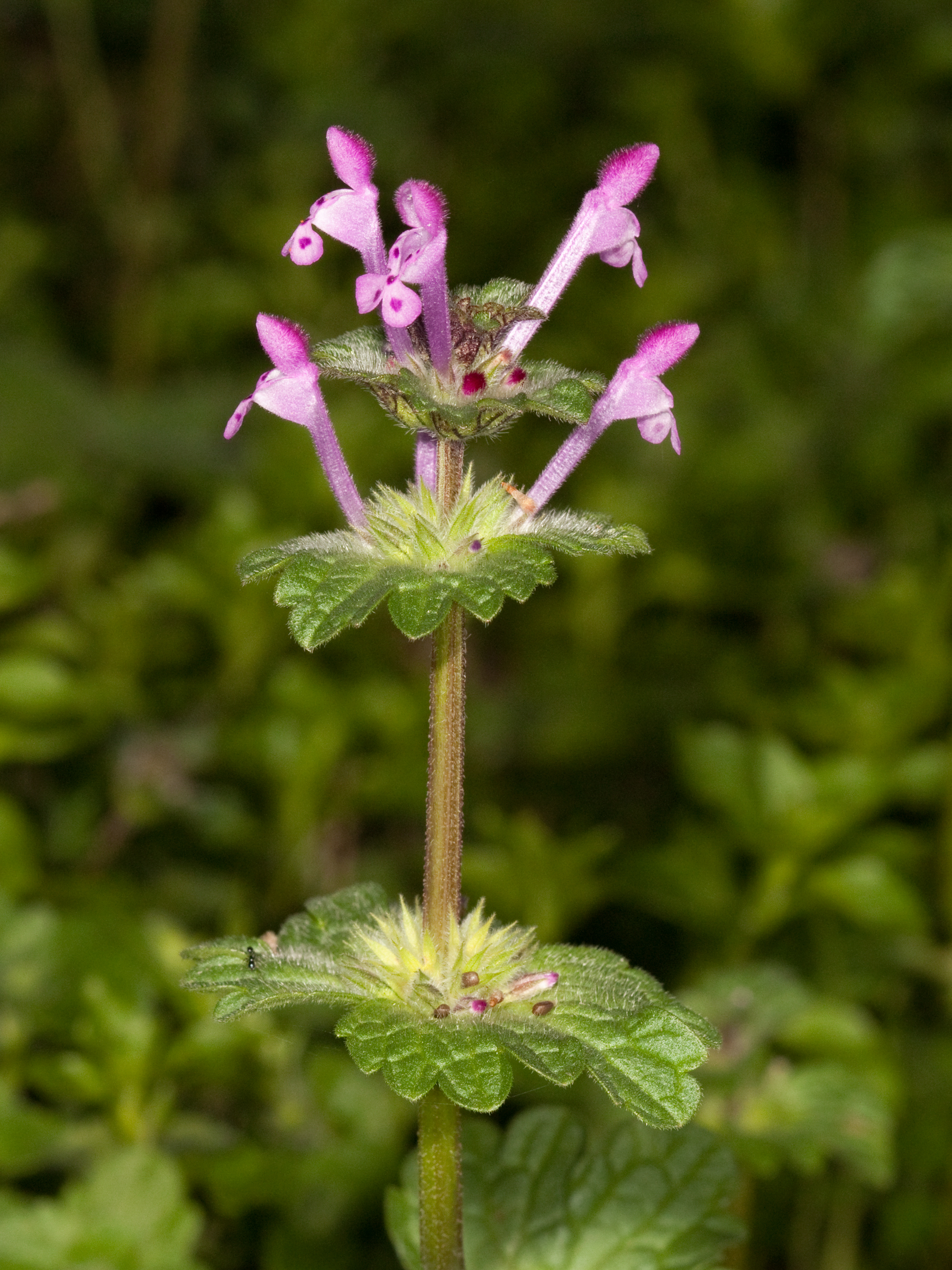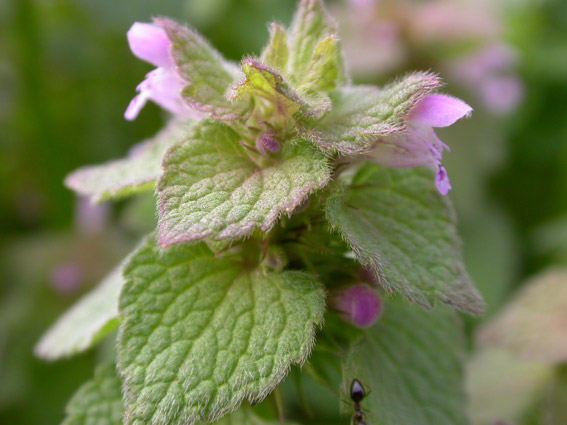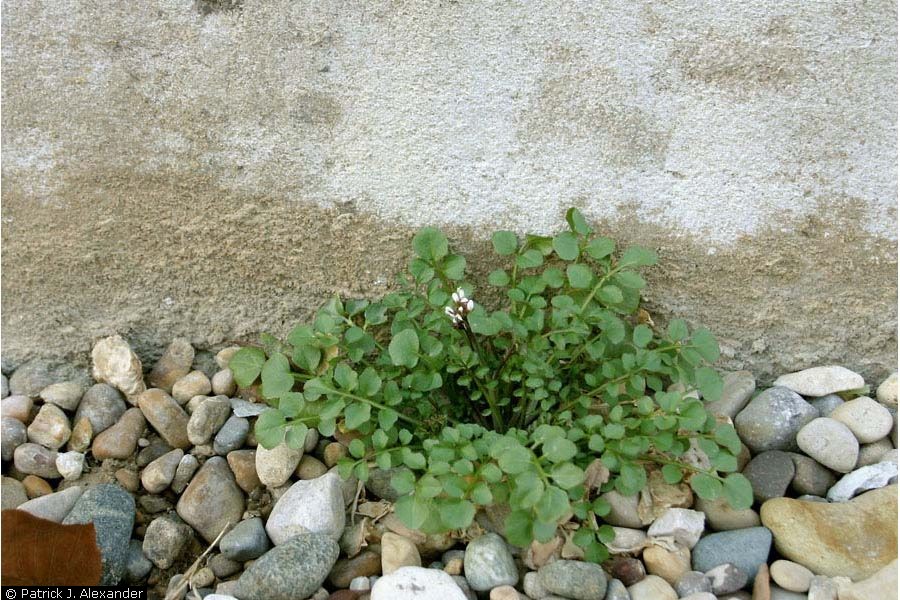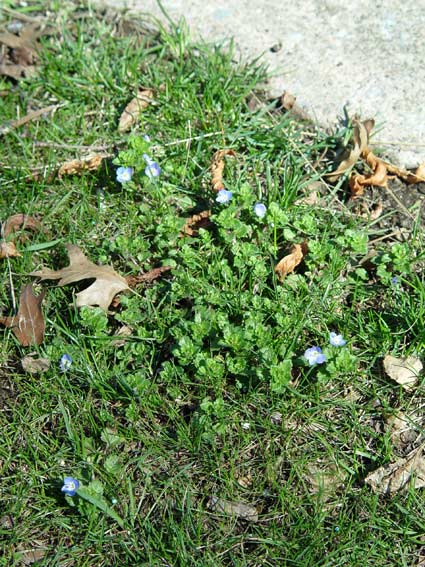Fall Doesn’t Mean the End of Weeds
Did you know that some weeds prefer to sprout in the cooler months? Others sprout after the ground has been disturbed by fall-planting projects.
You'd think that after a spring and summer of nearly non-stop sprouting, weeds would be ready to take a break like most of the rest of the plant world. But no such luck. Some weeds actually prefer sprouting in the cooling temperatures of autumn. These so-called "winter annual weeds" are ones that pop up anywhere from early to mid fall, survive in a semi-dormant state over winter, then kick into high growth gear as soon as early spring unfolds. In the South, these weeds continue to grow slowly throughout the winter months. Most winter annuals die back when the weather gets hot, but not before flowering and dropping seed to start the whole annoying cycle over again.
One way to break the cycle is to prevent them before they get started. That means applying a weed-preventing product such as Preen in early fall. Preen is a garden pre-emergent product. It creates an invisible weed-fighting barrier beneath the soil surface that keeps weed seeds from growing for three to four months per application. A September to early-October application is enough to cover the prime-time sprouting window for most of these winter annual weeds.
Pulling or digging already-growing winter annuals is not difficult because they're young plants, but since most are prolific and creeping, that’s labor-intensive and time-consuming. Another way to deal with sprouted winter annuals is spot-spraying with a broadleaf weed-killer (use one that doesn’t harm grass in lawn settings), but keep in mind that most herbicides are less effective in cold weather.
Whatever you do, stop them before they flower and produce more seeds. If that happens, the problem will multiply.
Which weeds have this mixed-up, end-of-season sprouting timetable? Here are five to watch that are the most common throughout U.S. yards:

Henbit (Lamium amplexaule)
Also known as: Henbit deadnettle, deadnettle, blind nettle.
Flowers: Pinkish-purple flowers peak in early spring, growing in a whorled pattern around the stem.
Habit: Plants poke up about 10 inches tall and often flop. Usually found in thin lawns but also garden beds. Doesn’t mind some shade and dampness.
Identifying it: It’s a mint-family plant and so has telltale square stems. Leaves are opposite and rounded in shape with scalloped or “toothy” edges.

Purple deadnettle (Lamium purpureum) - George Weigel
Also known as: Red deadnettle, deadnettle.
Flowers: Very much like henbit… pinkish-purple flowers and growing in a whorled pattern around the stem.
Habit: Also very similar to henbit and found in most of the same spots.
Identifying it: The main way to distinguish this other mint-family weed from henbit is that purple deadnettle has reddish stems, more smooth-edged and pointed leaves, and flowers that are a lighter purple in color.

Common chickweed (Stellaria media)
Also known as: Nodding chickweed, satin flower, winterweed, starweed, starwort.
Flowers: Dainty, white 5-petaled flowers are arranged in a star pattern at the stem tips, beginning in early spring and sometimes continue into early summer.
Habit: This one’s a low mat-former, usually found creeping its way through a lawn. It’s short enough that mowers generally don't clip it. Prefers cool, shaded spots but also thrives in open and sunny spots. May germinate in early spring as well as late summer to early fall.
Identifying it: The tiny white flowers and matted habit are main clues, but the leaves are what’s distinctive about this particular chickweed – light green in color, egg-shaped, smaller than a pinky fingernail, arranged opposite one another on the shoots, and with tiny hairs on the stems that connect the leaves and shoots.

Hairy bittercress (Cardamine hirsuta) - Patrick J. Alexander
Also known as: Hoary bittercress, hairy bittercress, lamb’s cress.
Flowers: Tiny white flowers appear at the tips of the shoots in early to mid spring. They're even smaller than chickweed flowers.
Habit: Often mistaken for chickweed, hairy bittercress sends up skinny, 10- to 12-inch shoots from a small cluster or "rosette" of leaves. Grows in lawns, beds, and even flower pots. Like common chickweed, hairy bittercress may germinate in the spring in addition to late summer and fall.
Identifying it: Starts out as a rosette of small green leaves that are heart-shaped and with rounded edges. Flower stalks topped with tiny white flowers may reach 10 to 12 inches tall. Small, mitten-shaped pairs of leaves are carried alternately on the stem, rather than opposite one another.

Corn speedwell (Veronica arvensis) - George Weigel
Also known as: Rock speedwell, wall speedwell, common speedwell, creeping veronica.
Flowers: Tiny pale-blue flowers grow along the upper two-thirds of the creeping stems from early spring and sometimes into early summer.
Habit: This low, mat-forming creeper really gets creeping in early spring. May also sprout from seed in early spring in addition to late summer or early fall. Most common in sparse lawns but also occurs in garden beds.
Identifying it: The creeping habit, the finely-haired leaves, and especially the distinctive blue flowers single out speedwell, which comes in several closely related versions that vary mainly in leaf size and shape.
Check out the Preen Weed ID for more information. Search among 115 weeds by their common or scientific names, type, or by state. You'll find several photos and descriptions to help you identify a weed, as well as recommendations for the right Preen product for control, helpful videos, and more.